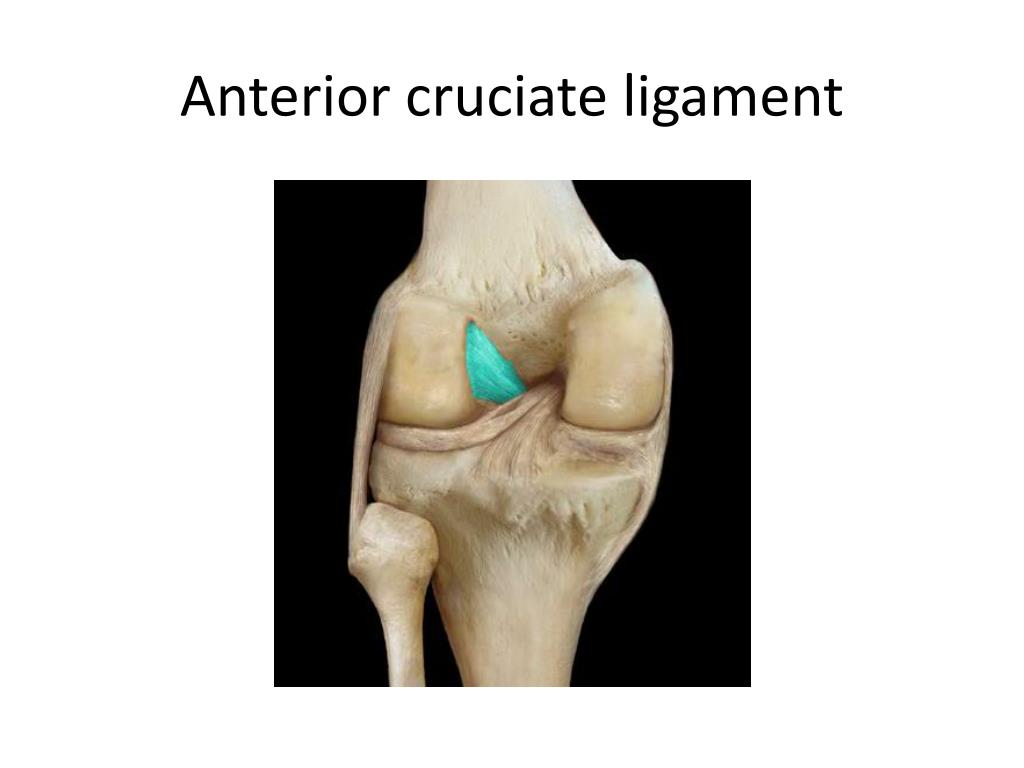

Poor hip or ankle control, or mobility problems at these joints are usually the source of knee pain.įor example, let’s say you’ve got a weak gluteus medius. Image by Outside of direct trauma, pain in one area of your body is often the result of dysfunction at another area. This image is a great way to visualize this concept. The TRUTH is that issues at the knee are often caused by problems up or down the kinetic chain i.e. Unfortunately, there’s no secret, simple answer. If patellar tracking disorder isn’t the secret key behind PFPS, what is?
#PATELLAS QUIVER MEANING FREE#
This team of researchers concluded that some lateral movement of the patella shouldn’t be a be-all-end-all sign of abnormal tracking, and that in fact, this shifting of the patella often occurs during normal movement in people completely free from knee pain. They examined patellar motion during weight-bearing activities and again found a lot of variation, including lateral movement of the patella at certain points of flexion. They found no differences in patellar motion patterns between the groups, and instead found a lot of variety in the way the patellas moved.Īt one of the 5 knee flexion positions, they did find that those with PFPS had patellas that were placed an average of 2.25 millimeters more laterally than those without knee pain.īut again, this was only at one specific position in a range of those tested, and the researchers concluded that you could not separate the PFPS patients from the non-patients by looking at the patellar movements they observed.Īnother study, published in 2001, again used MRI, but this time to examine 40 knees with no painful symptoms. They looked the subjects’ knees during 5 separate angles of flexion. 20 subjects without any knee pain at all.20 subjects with PFPS without evidence of tracking issues.20 subjects with patellofemoral pain syndrome and diagnosed tracking issues.They studied 60 people in 3 different groups: Take for example a 2006 study where researchers from Queen’s University here in my home province of Ontario used MRIs to examine the kinematics of participants’ knees in 3D. And there’s plenty of research to back this up. The TRUTH is… there’s no ideal alignment for the kneecap. Okay so we’ve just covered the conventional wisdom about patellar tracking disorder – the general patellofemoral pain that’s caused by your kneecap shifting to one side. The TRUTH About Patellar Tracking Disorder
#PATELLAS QUIVER MEANING PLUS#
Popping or grinding noises, plus sensations like feeling your knee “catch” or buckle are all commonly tied to improper patellar tracking. The main symptom associated with patellar tracking disorder is pain at the front of the knee, especially when going up or down stairs, squatting, sitting for long periods of time then standing. Other commonly cited causes include damaged cartilage under the patella and issues with tense or loose musculature surrounding the knee.

Image by The condition is typically attributed to too shallow of a groove in the femur, where your patella normally sits. Patellar tracking disorder usually involves a patella that shifts too far laterally – to the outside of the leg. This misalignment occurs when there is movement at the knee joint – i.e., when your leg is in the process of bending or straightening. Patellar tracking disorder is the name given to the condition where the patella (kneecap) isn’t moving “correctly”. Let’s start with understanding the diagnosis. I’m gonna let you in on the truth about this condition. It still hurts when you get up after being at your desk for a few hours, it still hurts when you take the stairs, you still feel the occasional, unsettling “catch” in the knee… No matter how much time and effort you put into training your VMO, your knee pain remains. So, you spend hours on these exercises, devoting your precious time at the gym on moves aimed at strengthening that vastus medialis olique and improving your kneecap tracking, hoping that eventually, your knee pain will go away …right? If you’ve been told you have patellar tracking disorder or a kneecap out of alignment, possibly with patellofemoral pain syndrome, you’ve probably devoted hours to trying to alleviate the pain.Ī quick Google search will tell you that to fix patellar tracking issues, you should perform exercises that target the vastus medialis oblique (VMO) – your medial quadriceps muscles. Read on to find out what’s really going on with this condition, and 5 exercises to help keep your knees healthy. Were you told you’ve got patellar tracking disorder? It’s high time you were let in on the truth.


 0 kommentar(er)
0 kommentar(er)
